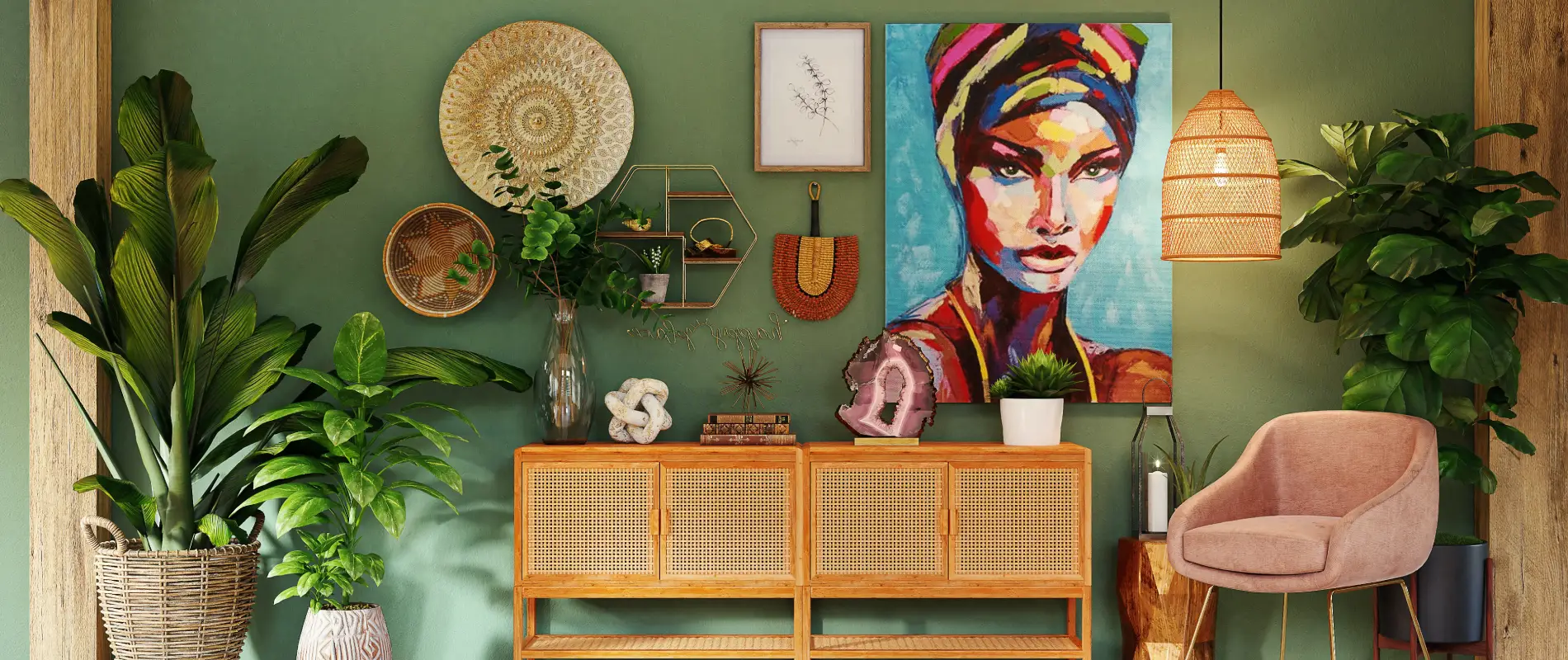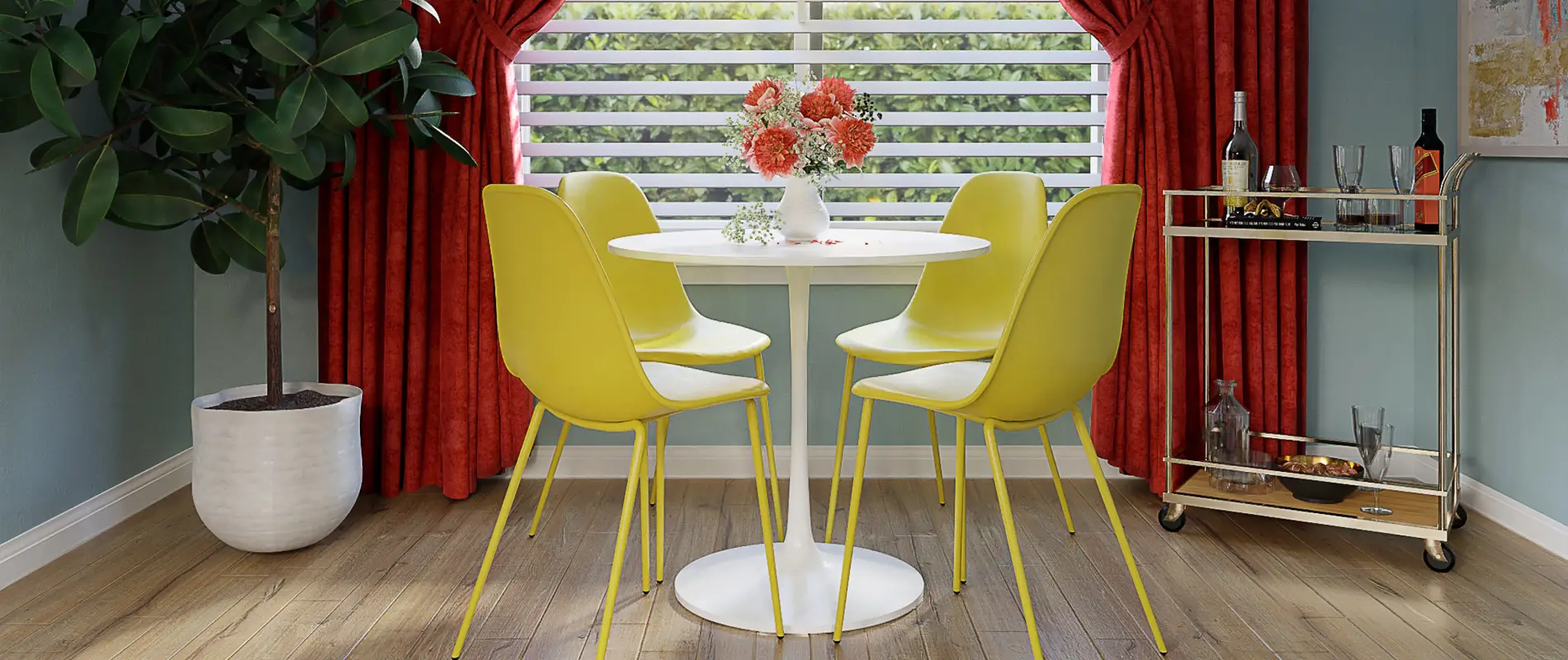Transform your content with striking image analysis
Are you looking to elevate your WordPress site with visually compelling layouts? Discover the potential of a unique two-column design that seamlessly combines striking imagery with impactful text on your WordPress website design.
Original design overview
This design features a captivating two-column layout that immediately draws attention. The left side showcases a stunning portrait of a woman set in a library, while the right side presents a bold header and an informative text block. This asymmetrical layout ensures that the image captures viewer interest, creating a perfect balance between visual appeal and informative content.
Key features of the design
Layout analysis
- Overall Structure: The layout’s division suggests a clear multi-column approach, enhancing organization.
- Arrangement of Rows and Columns: With a dynamic two-column setup, important information is easy to digest.
- Asymmetrical Choices: The predominant image grabs attention, leaving a strong visual impact.
Element and feature description
- Headers: A bold opening statement engages readers immediately.
- Text Blocks: Supporting paragraphs provide vital context for your message.
- Images: The featured portrait exemplifies the content’s theme beautifully.
- Interactive Elements: While the design emphasizes static elements, consider adding calls-to-action for better engagement.
- Typography: Clean and modern fonts ensure that your text is both readable and aesthetically pleasing.
- Graphical Elements: The primary image stands out as the focal point, enhancing your narrative.
- Image Details: The soft edges and drop shadow create a polished look.
Unique design aspects
- Standout Design Choices: High contrast between elements enhances visual emphasis, drawing readers’ focus.
- Hover Effects/Animations: Enhance interactivity by incorporating hover effects on key elements.
- Responsive Features: The adaptable layout works smoothly across devices, ensuring a consistent user experience.
- Accessibility Considerations: High contrast aids readability, which is essential for an inclusive design.
Overall design style
- Design Style: Modern and professional, this minimalist aesthetic allows content to shine.
- Visual Hierarchy: Clear structure leads the viewer’s gaze through the content thoughtfully.
- Use of White Space: Thoughtful spacing prevents clutter, promoting clarity and focus.
10 ways to organize content in WordPress
1. Use categories and tags
Organising your WordPress articles using categories and tags is a straightforward way to enhance site navigation. Categories are broad sections like “Travel” or “Cooking,” while tags identify specific topics or details. They work together to help users find related content swiftly and improve your site’s SEO.
2. Create a content calendar
Implementing a content calendar keeps your publishing schedule on track. By planning topics, posting dates, and deadlines in advance, you maintain consistency and balance in the type of content delivered. Tools like Google Calendar can be effective in coordinating this effort amongst team members.
3. Utilise custom post types
Custom post types allow you to separate content easily in your WordPress website. You can organise posts into distinctive types beyond the default “post” and “page” categories, such as portfolios, testimonials, or events, adding structure to both front-end and back-end displays.
4. Leverage WordPress menus
Using WordPress menus to categorise and group content under various headings or sections significantly improves site navigation. Menus let users explore different content areas easily, and you can include dropdown options for even greater detail, following the best practices for using dropdown menus.
5. Engage with interactive content
Interactive content like polls, quizzes, or calculators invited direct engagement from visitors. This content format increases the time users spend on your website, providing real-time feedback and insights into user preferences. Exploring interactive elements can make your site more dynamic and user-friendly.
6. Use plugins for SEO
SEO plugins help you optimise your site content for search engines, making it more discoverable to potential viewers. Yoast SEO and Rank Math are popular options that guide you in improving readability, optimising keywords, and structuring articles effectively while boosting your search rankings.
7. Design for social media sharing
By integrating social media sharing options in articles, you can enhance content visibility and outreach. Ensure your site supports social media buttons to allow visitors to share posts easily, tapping into organic promotion channels that broaden your content’s reach quickly.
8. Use widget areas
Widget areas in WordPress allow strategic placement of key information, such as recent posts, popular content, or call-to-action buttons, along your site’s sidebars or footer areas. This organisational tool aids user experience by highlighting recurring themes or valuable content for users.
9. Implement a breadcrumb trail
Breadcrumbs provide a navigational aid that displays a user’s location within the site hierarchy. Incorporating breadcrumbs ensures users understand the site’s layout, fostering an intuitive browsing experience and aiding navigation, especially on content-heavy websites.
10. Utilise subdomains and folders
Advanced content organisation may include the use of subdomains or folders, segregating significant themes or sectors of content. This separation can improve performance, security, and user navigation by organising content in a manner that is logical and efficient.
10 different types of content in WordPress
1. Blog posts
The classic blog post remains a staple in WordPress websites. These articles often feature personal insights, opinions, or factual reporting delivered in a narrative form that encourages user interaction through comments and shares.
2. Static pages
Unlike posts, static pages such as “About Us” or “Contact” are designed for timeless information without a publication date. They are foundational in communicating key information to visitors about the website or business.
3. Landing pages
Landing pages serve specific marketing purposes, focused on driving conversions through calls-to-action. By uniquely targeting campaigns, you can improve lead generation efforts by directing visitors toward desired outcomes, like signing up or purchasing.
4. Portfolio content
Portfolios showcase creative work, serving as an exhibition of skills or projects in fields like photography, design, or development. They offer visual engagement that effectively draws potential clients or employers in, highlighting your most impressive work samples.
5. Product pages
Essential for e-commerce sites, product pages display each item available for purchase with detailed specifications, images, and pricing information. Effective products pages directly influence purchasing decisions and boost sales through enhanced customer experience.
6. Testimonials
Showcasing testimonials allows you to convey trust and social proof to potential customers by highlighting positive experiences from past clients. This content type can be an influential factor in assuring undecided buyers about the quality and reliability of offerings.
7. Case studies
Case studies delve into in-depth analyses or accounts of specific projects or issues, exhibiting how unique challenges were addressed successfully. By presenting tangible results, case studies powerfully communicate expertise and reliability in problem-solving areas.
8. Video content
Integrating video content enhances engagement through multimedia experiences, offering tutorials, product demonstrations, or interviews. Videos are appreciated for their dynamic nature and can hold audience attention more effectively than text alone.
9. Podcasts
Podcasts provide audio content that caters to busy users who prefer listening over reading. Discussing various topics, interviews, or series, podcasts enable broader audience reach through flexible consumption options that fit into diverse schedules seamlessly.
10. Infographics
Infographics are visually-oriented content that distills complex data into easily understandable graphics. These are invaluable for presenting statistics, timelines, or processes in an engaging manner, making them ideal for sharing across platforms and communication clarity.
Conclusion
This stunning two-column layout brings together a powerful portrait and engaging text, set against a modern, minimalist backdrop. With an emphasis on typography and effective spacing, it provides a visually appealing and organised way to communicate your message on your WordPress website design. Explore Elementor alternatives and WordPress website builders for more creative options. Transform your content and captivate your audience today!




